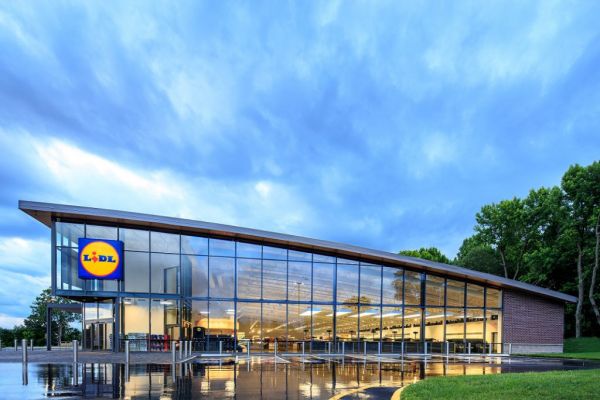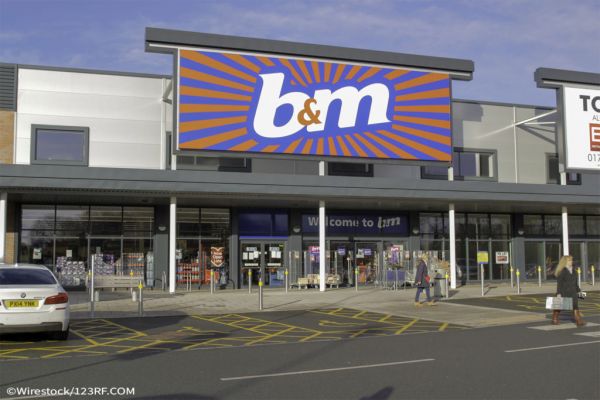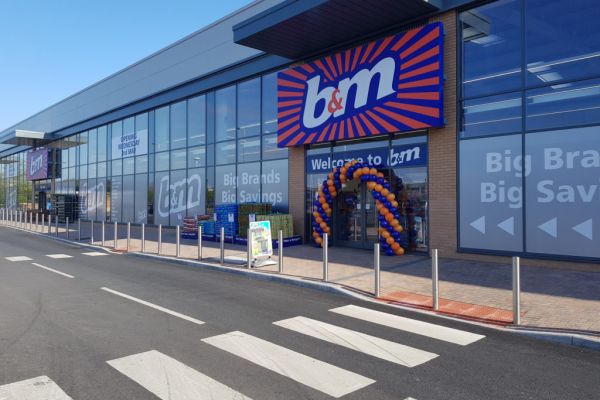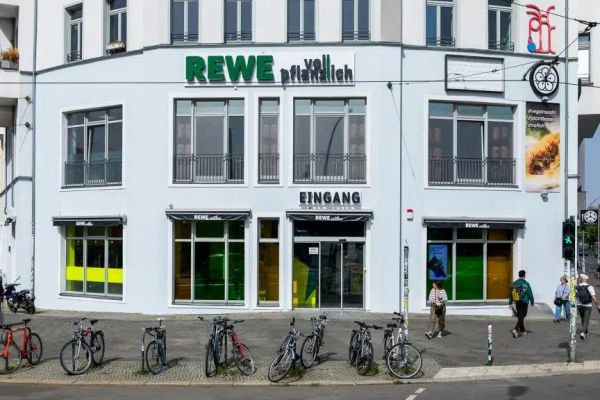The price war in the American grocery aisle is getting more intense. And believe it or not, the reason isn’t Amazon.
Amazon’s debut as a brick-and-mortar grocery chain last year sent tremors through the supermarket industry, with Kroger and other established players losing billions in market value.
But with its plans for Whole Foods developing slowly, Amazon is looking like less of a short-term threat.
For now, Aldi and Lidl - two no-frills German discounters that are expanding quickly in the US - are putting more pressure on grocery giants such as Kroger and Walmart.
“If it’s death by a thousand cuts, Aldi and Lidl are holding the blade,” said Mike Paglia, a grocery analyst at the research firm Kantar Retail. “It looks a lot like a price war, and you’re starting to see those ripple effects.”
Before Amazon jolted the food world with its $13.7 billion deal to purchase Whole Foods in June, Lidl’s US expansion was the biggest story in the grocery industry.
Lidl, which operates thousands of stores across Europe, opened its first 10 US locations on June 15, one day before Amazon announced its blockbuster acquisition.
Slow Start?
Amazon still hasn’t said much publicly about its long-term plans for Whole Foods. And so far, the takeover hasn’t brought sweeping changes.
While price cuts on a handful of items drew customers and boosted sales in the wake of the deal, store traffic has returned to where it was before Amazon took over - when Whole Food was struggling through a prolonged slump, in large part because it was perceived as overpriced.
Of the two European chains, Aldi is more established. It’s operated in America since 1976 and has doubled its US store count over the last 15 years, opening 150 locations in 2017 to push its total above 1,750.
The company has battled Lidl in Europe for decades, and bringing that rivalry to the US is creating a ripple effect for the whole industry.
As Lidl enters new markets, Walmart is also cutting prices, which in turn puts pressure on Kroger and other conventional supermarkets.
Price Battle
In a recent price survey of low-priced items, Kantar found that a basket in Charlotte, North Carolina, was cheaper at Walmart than it was at Lidl - a sign that the world’s largest retailer, which makes more than half of its revenue from the grocery business, has responded aggressively.
It was the first time in seven years that Walmart took the top spot in the study, displacing discount chain Dollar General. Analysts say the steep price competition is evidence that retailers were trying to get the jump on Lidl.
“It’s created a lot of pressure to keep prices low,” said Jennifer Bartashus, an analyst at Bloomberg Intelligence.
Lidl currently has 47 stores in six states, with plans to reach open as many as 100 by this summer. Its expansion hasn’t been without missteps. The company replaced the executive overseeing the operation after three months, and it has rejiggered its real estate strategy.
Change of Plans
Lidl also has backed out of opening a handful of planned stores. The chain now says it will lease locations as small at 15,000 square feet - only slightly larger than the average Trader Joe’s. This is a departure from its original strategy of building new stores more than double that size.
Will Harwood, a spokesman for the company, said Lidl wanted to “increase flexibility” for its real estate team. And he insisted that Lidl’s US launch had “exceeded expectations.”
Despite the stumbles, Lidl’s is making quick inroads. In Winston-Salem, North Carolina, where the company opened one of its first stores back in June, Lidl has already carved out about 3% of the market, according to analysis by Second Measure, a company that analyses credit-card data.
While that number has dipped since June - when the buzz surrounding the new stores attracted curious shoppers - that market share is remarkable for an upstart competitor, Bartashus said.
“That’s almost seismic when you consider how market share shifts in the industry,” she said.
With Lidl and Aldi cutting into sales, grocers are facing another headwind. Food inflation has returned to the industry, after a run of falling prices not seen since 1955.
Getting Squeezed
Costs have now crept up the last five months. Food inflation typically isn’t a problem for the industry because it allows grocers to raise prices and boost revenue.
But the current wave of intense competition will make retailers think twice about hiking prices, meaning inflation could hamper profit margins, according to analysts.
And there’s still the spectre of Amazon. While its plans for Whole Foods remain elusive, the company’s history of crushing competitors has clearly rattled the food industry.
Only about 2% of groceries are bought online, but that number is expected to steadily rise. That will force retailers to invest in their digital operations and expand delivery options.
“This was a stable industry that’s now dealing with continuous disruption,” said Kent Knudson, a Bain & Co. partner. “Uncertainty is the new normal.”
News by Bloomberg, edited by ESM. Click subscribe to sign up to ESM: The European Supermarket Magazine.














